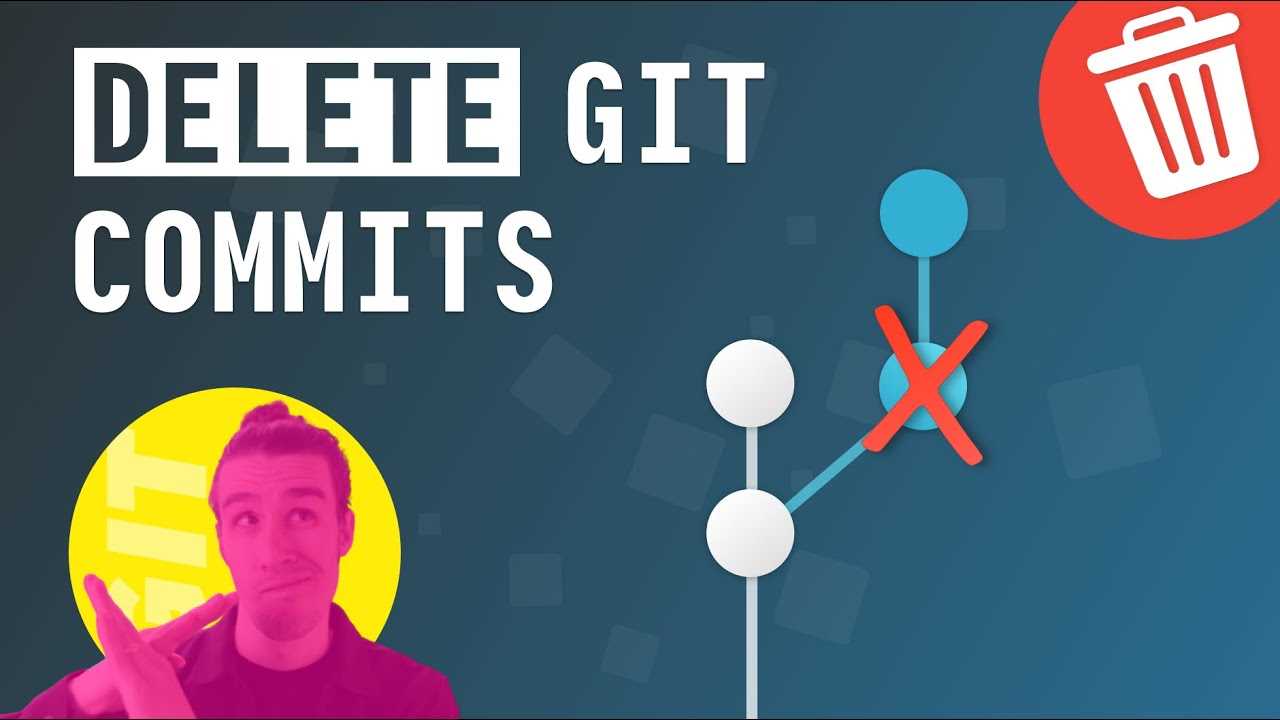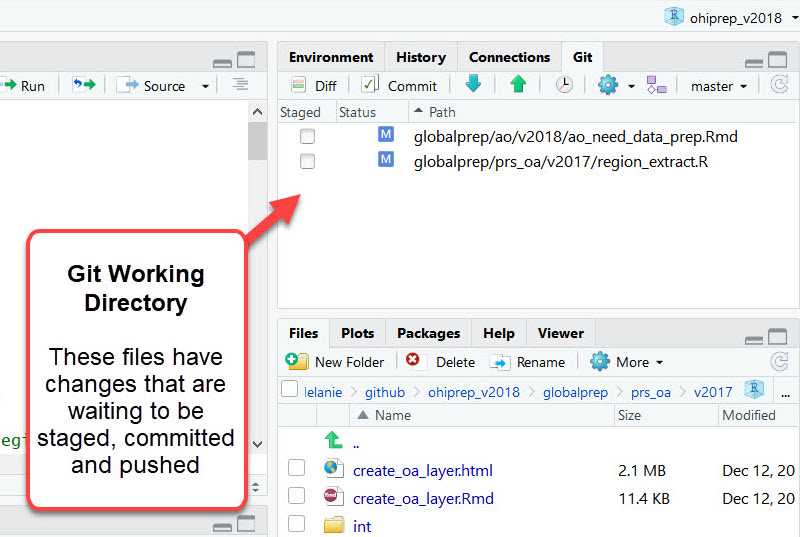
Deleting commit history in GitHub can be a useful skill to have, especially if you want to clean up your repository or remove sensitive information. Whether you made a mistake in a commit or want to start fresh, this step-by-step guide will show you how to delete commit history in GitHub.
Step 1: First, open your repository in GitHub and navigate to the “Commits” tab. Here, you will see a list of all the commits in your repository.
Step 2: Identify the commit or commits that you want to delete from the history. You can use the commit message, date, or other information to help you locate the specific commits.
Step 3: Once you have identified the commits, click on the commit to open the commit details page. Here, you will see the commit message, author, and other information related to the commit.
Step 4: On the commit details page, click on the “…” button next to the commit message. This will open a dropdown menu with several options.
Step 5: From the dropdown menu, select the “Revert this commit” option. This will create a new commit that undoes the changes made in the selected commit.
Step 6: After reverting the commit, you can choose to keep the changes in a new branch or push the changes to the current branch. Make sure to review the changes before proceeding.
Step 7: Repeat steps 3-6 for each commit you want to delete from the history. Remember to carefully review the changes before reverting the commit.
Step 8: Once you have reverted all the commits you want to delete, you can push the changes to your repository. This will update the commit history and remove the selected commits.
By following these step-by-step instructions, you can easily delete commit history in GitHub and keep your repository clean and organized. Remember to exercise caution when deleting commits, as this action cannot be undone.
Why Delete Commit History?

When working with GitHub, it is important to understand the significance of commit history. Commit history is a record of all the changes made to a project, including who made the changes and when they were made. This history is valuable for tracking progress, collaborating with others, and troubleshooting issues.
However, there may be situations where you want to delete commit history. One common reason is to remove sensitive information that was accidentally committed, such as passwords or API keys. Deleting commit history allows you to remove this information from the public record, ensuring the security of your project.
Another reason to delete commit history is to clean up a repository and make it more organized. Over time, a repository can accumulate a large number of commits, making it difficult to navigate and understand the project’s development. By deleting unnecessary or irrelevant commits, you can streamline the history and make it easier for others to follow.
Deleting commit history in GitHub is not a decision to be taken lightly. It is a permanent action that cannot be undone, so it is important to carefully consider the implications before proceeding. If you are unsure about whether to delete commit history, it may be helpful to consult with other collaborators or seek guidance from experienced developers.
In the next sections, we will explore how to delete commit history in GitHub step-by-step, providing you with the knowledge and tools to make an informed decision about managing your project’s history.
Maintain Clean and Organized Repository

When working with GitHub, it is important to maintain a clean and organized repository. This includes managing your commit history effectively. By deleting unnecessary or unwanted commits, you can keep your repository tidy and easy to navigate.
Deleting commit history in GitHub is a straightforward process. Here is how you can do it:
- Identify the commits to delete: Before deleting any commit, it is crucial to identify the specific commits you want to remove from your history. This can be done by reviewing your commit log and determining the commit hashes or messages that you wish to delete.
- Locally delete the commits: Once you have identified the commits to delete, you need to delete them locally. This can be done using the git command line interface. Simply use the
git rebase -icommand followed by the commit hash or reference of the commit you want to delete. This will open an interactive rebase session where you can delete the desired commits. - Force push the changes: After deleting the commits locally, you need to force push the changes to your GitHub repository. This can be done using the
git push -fcommand. Be cautious when using force push, as it overwrites the remote repository’s history with your local changes. - Verify the changes: Once the force push is complete, verify that the commits have been successfully deleted from your GitHub repository. You can do this by checking the commit history or using the
git logcommand.
By following these steps, you can effectively delete commit history in GitHub and maintain a clean and organized repository. Remember to always double-check your changes before force pushing, as it can have irreversible consequences. Additionally, it is recommended to create a backup of your repository before performing any major changes.
Remove Sensitive Information

If you have accidentally committed sensitive information, such as passwords or API keys, to your GitHub repository, it is important to remove them from the commit history. This is crucial to ensure the security of your project and protect sensitive data.
To delete sensitive information from your commit history in GitHub, follow these steps:
- Identify the commits that contain the sensitive information. You can use the
git logcommand to view the commit history and identify the commits that need to be removed. - Once you have identified the commits, use the
git rebase -icommand to interactively rebase your commit history. - In the interactive rebase editor, locate the commits that contain the sensitive information and change the command from
picktoeditfor each of those commits. - Save the changes and exit the interactive rebase editor.
- For each of the commits that need to be removed, use the
git commit --amendcommand to modify the commit. Remove the sensitive information from the commit message or files. - After modifying the commit, use the
git rebase --continuecommand to continue the rebase process. - Once the rebase process is complete, force push the updated commit history to your GitHub repository using the
git push -fcommand.
By following these steps, you can effectively remove sensitive information from your commit history in GitHub and ensure the security of your project.
Start Fresh with a New Repository

If you want to completely delete the commit history in your GitHub repository and start fresh, you can create a new repository. This will give you a clean slate to work with, without any previous commit history.
To create a new repository, follow these steps:
- Go to the GitHub website and log in to your account.
- Click on the “+” button in the top right corner of the page and select “New repository”.
- Give your new repository a name and choose whether it should be public or private.
- Click on the “Create repository” button to create your new repository.
Once you have created your new repository, you can start fresh by adding your files and making new commits. This way, you can delete the commit history from your previous repository and have a clean start.
Remember to update any references or links to the old repository in your code or documentation to point to the new repository.
Note: Deleting a repository will permanently delete all of its commit history, so make sure you have a backup of any important data before proceeding.
By creating a new repository, you can delete the commit history in your GitHub repository and start fresh with a clean slate.
Step-by-Step Guide to Delete Commit History

If you want to delete commit history in GitHub, follow these steps:
| Step 1: | Open the repository in GitHub where you want to delete the commit history. |
| Step 2: | Click on the “Settings” tab located at the top-right corner of the repository page. |
| Step 3: | Scroll down to the “Danger Zone” section and click on the “Delete this repository” button. |
| Step 4: | Confirm the deletion by typing the name of the repository and click on the “I understand the consequences, delete this repository” button. |
| Step 5: | Your commit history will be permanently deleted and cannot be recovered. |
By following these steps, you can easily delete commit history in GitHub. However, please note that this action is irreversible, so make sure to backup any important data before proceeding.

